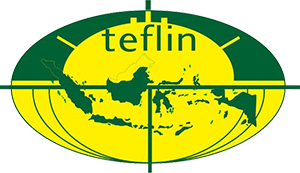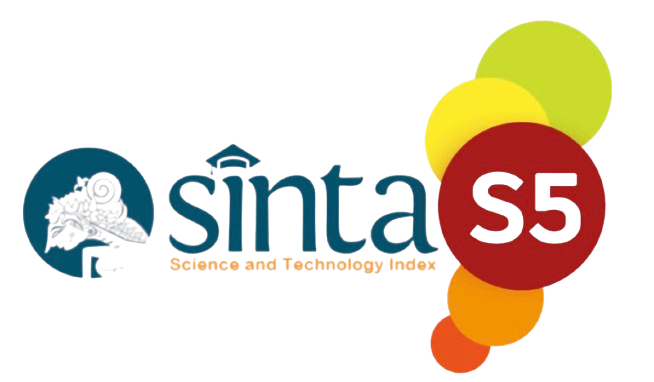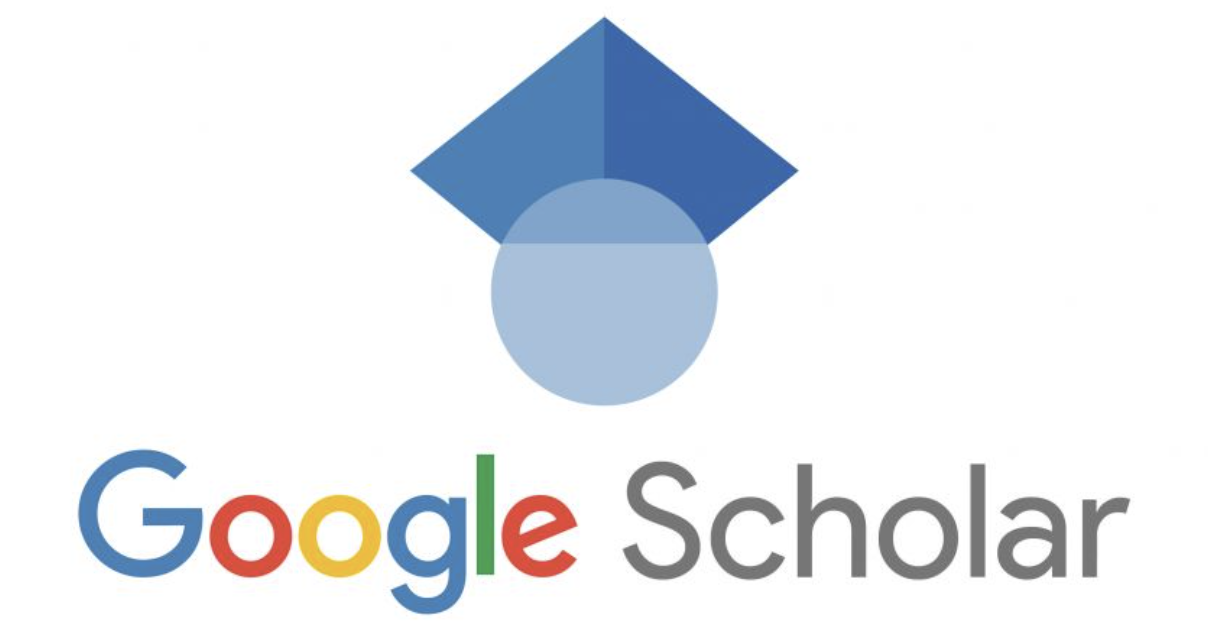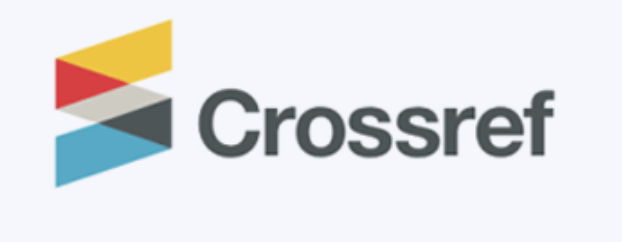An Analysis of Translanguaging Practices in Sunny Dahye TikTok Video
DOI:
https://doi.org/10.52217/5154p239Keywords:
Bilingualism, Digital Communication, English Language Learning, TikTok, TranslanguagingAbstract
Translanguaging is a sociolinguistic phenomenon that enables bilingual or multilingual speakers to utilize their entire linguistic repertoire to achieve communication goals. With the development of the digital era, this phenomenon has begun to shift to social media platforms such as TikTok. This study aims to identify the types of translanguaging used by Sunny Dahye in TikTok content and the frequency of their occurrence. This study employed an exploratory sequential mixed method design. Data were collected by selecting and watching videos, transcribing them, and identifying the types of translanguaging using an observation sheet. The findings of this study reveal that intra-sentential translanguaging is most frequently used in TikTok content, with the alternation involving longer elements such as phrases or clauses from English and Indonesian in a single sentence structure being the most common form of translanguaging used by the speaker. In addition, translanguaging is used as a communication strategy to express emotions, represent identity as a bilingual individual, and build engagement with the audience. The implications of this study suggest that language learners can utilize platforms such as TikTok to create bilingual content, which trains language skills and builds contextual meaning. Digital media can also be used as an alternative learning space outside of formal classrooms to encourage students to be more critical in improving their language skills and understanding, as well as to understand how language shift occurs, which can reflect cultural dynamics. Furthermore, this study enriches findings on language dynamics in digital spaces by showing that translanguaging is more than just a linguistic phenomeno.
References
Abilkassymova, A., & Akzhigitova, А. (2025). Multilingual discourse in digital space: A study of the Kazakh-English Translanguaging on Youtube Podcasts. Bulletin of Shokan Ualikhanov Kokshetau University Philological Series, 2, 9–22. https://doi.org/10.59102/kufil/2025/iss2pp9-22
Alifa, A. R., & Degaf, A. (2024). Multilingual communication in K-pop: A translanguaging exploration of WAYV’S Youtube content. Language Literacy: Journal of Linguistics, Literature, and Language Teaching, 8(1), 256–269. https://doi.org/10.30743/ll.v8i1.9191
Al-Jarf, R. (2024). Translanguaging on social media by educated Arabs. International Journal of Linguistics Studies. https://doi.org/10.32996/ijls
Asyrofi, S., & Wati, N. S. (2024). A comprehensive analysis of integrating TikTok for enhancing EFL students’ speaking skills. Journal of Nusantara Education, 3(2), 60–68. https://doi.org/https://doi.org/10.57176/jn.v3i2.98
Back, M., Han, M., & Weng, S. C. (2020). Emotional scaffolding for emergent multilingual learners through translanguaging: Case stories. Language and Education, 34(5), 387–406. https://doi.org/10.1080/09500782.2020.1744638
Bakic, A., & Škifić, S. (2017). The relationship between bilingualism and identity in expressing emotions and thoughts. Ikala, 22(1), 33–54. https://doi.org/10.17533/udea.ikala.v22n01a03
Braun, V., & Clarke, V. (2006). Using thematic analysis in psychology. Qualitative Research in Psychology, 3(2), 77–101. https://doi.org/10.1191/1478088706qp063oa
Canagarajah, S. (2011). Translanguaging in the classroom: Emerging issues for research and pedagogy. Applied Linguistics Review.
Creese, A., & Blackledge, A. (2015). Translanguaging and identity in educational settings. In Annual Review of Applied Linguistics (Vol. 35, pp. 20–35). Cambridge University Press. https://doi.org/10.1017/S0267190514000233
Creswell, J. W. (2014). Research design: Qualitative, quantitative, and mixed methods approaches. Sage Publications.
Dovchin, S., Wang, M., & Steele, C. (2025). Translingual Entanglements of Emotions and Translanguaging in Language Learning and Teaching Contexts. International Journal of Applied Linguistics (United Kingdom). https://doi.org/10.1111/ijal.12690
Dumrukcic, N. (2020). Translanguaging in social media. Output for FLT didactics. HeiEDUCATION Journal. https://doi.org/10.17885/heiup.heied.2020.5.24159
García, O. (2009). Education, multilingualism and translanguaging in the 21st century. In T. Skutnabb-Kangas, R. Phillipson, A. K. Mohanty, & M. Panda (Eds.), Social Justice through Multilingual Education (pp. 140–158). Multilingual Matters. https://doi.org/https://doi.org/10.21832/9781847691910-011
García, O., & Kleifgen, J. A. (2020). Translanguaging and literacies. Reading Research Quarterly, 55(4), 553–571. https://doi.org/10.1002/rrq.286
García, O., & Kleyn, T. (2016). Translanguaging with multilingual students (T. K. Ofelia García, Ed.; 1st ed.). Routledge. https://doi.org/https://doi.org/10.4324/9781315695242
García, O., & Wei, L. (2014). Translanguaging: language, bilingualism and education. https://doi.org/https://doi.org/10.1057/9781137385765
Li, Z., & Wang, L. (2024). Investigating translanguaging strategies and online self-presentation through internet slang on Douyin (Chinese TikTok). Applied Linguistics Review. https://doi.org/10.1515/applirev-2023-0094
Liando, N. V. F., dallyono, R., Tatipang, D. P., & Lengkoan, F. (2023). Among English, Indonesian and local language: Translanguaging practices in an Indonesian EFL classroom. Indonesian Journal of Applied Linguistics, 13(1), 204–216. https://doi.org/10.17509/IJAL.V13I1.58270
Luan Ng, L., & Loon Lee, S. (2019). Translanguaging practices and identity construction of multilingual Malaysian university graduates in digital media. English Teaching and Learning, 43(1), 105–123. https://doi.org/10.1007/s42321-019-00021-6
Menghuan, M., Nurhayani, I., & Rusmawati, R. (2024). Exploring translanguaging practices in podcast the Indah G Show. International Journal of Library Studies, 2(1), 18–35. https://doi.org/https://doi.org/10.21776/ub.knowledgegarden.2024.2.1.11
Misir, H. (2023). Vlog as a multimodal translanguaging space: Insights from a Turkish social media influencer corpus [Middle East Technical University]. https://hdl.handle.net/11511/102537
Moleleki, L. F. (2024). An investigation of multilingual translanguaging in digital communication: A case study of university students’ communication on formed Facebook group pages [National University of Lesotho]. https://hdl.handle.net/20.500.14155/2185
Muysken, P. (2000). Bilingual speech: A typology of code-mixing. Cambridge University Press.
Nitiasih, P. K., Santosa, M. H., Suarcaya, P., & Ratnaya, G. (2023). Micro learning media for teaching English at junior high school students. Journal of Education Technology, 7(4), 629–635. https://doi.org/10.23887/jet.v7i4.69627
Oktaviana, A. A., Mahyuni, Arafiq, & Yusra, K. (2024). The use of translanguaging in social media: A case study of Gen Z. JEEF - Jounal of English Education Forum. https://jeef.unram.ac.id/index.php/jeef/index
Otheguy, R., Garcia, O., & Reid, W. (2018). A translanguaging view of the linguistic system of bilinguals. Applied Linguistics Review, 10(4), 625–651. https://doi.org/10.1515/applirev-2018-0020
Permadi, M. E. I., Yusra, K., & Isnaini, M. (2023). Translanguaging in Youtube Channel: A case study of Nessie Judge. Jurnal Ilmiah Ilmu Pendidikan, 6, 472. https://doi.org/https://doi.org/10.54371/jiip.v6i1.1348
Pratama, D. A. (2021). Digital translanguaging practices of a multilingual Indonesian university student [Indonesia University of Education]. http://repository.upi.edu/id/eprint/112984
Rosyidah Misbah, A. (2024). Translanguaging in social media: A case study of Zhafira Aqila’s YouTube channel. Journal of Research in Social Science and Humanities, 4(2). https://doi.org/10.47679/jrssh.v4i2.192
Shalihah, M. (2024). Translanguaging in social media: A case study of Puri Viera’s YouTube channel. International Journal of Social Science and Human Research, 7(01). https://doi.org/10.47191/ijsshr/v7-i01-103
Wei, L. (2018). Translanguaging as a practical theory of language. Applied Linguistics, 39(1), 9–30. https://doi.org/10.1093/applin/amx039
Wei, L., & Hua, Z. (2013). Translanguaging identities and ideologies: Creating transnational space through flexible multilingual practices amongst Chinese university students in the UK. Applied Linguistics. https://doi.org/https://doi.org/10.1093/applin/amt022














